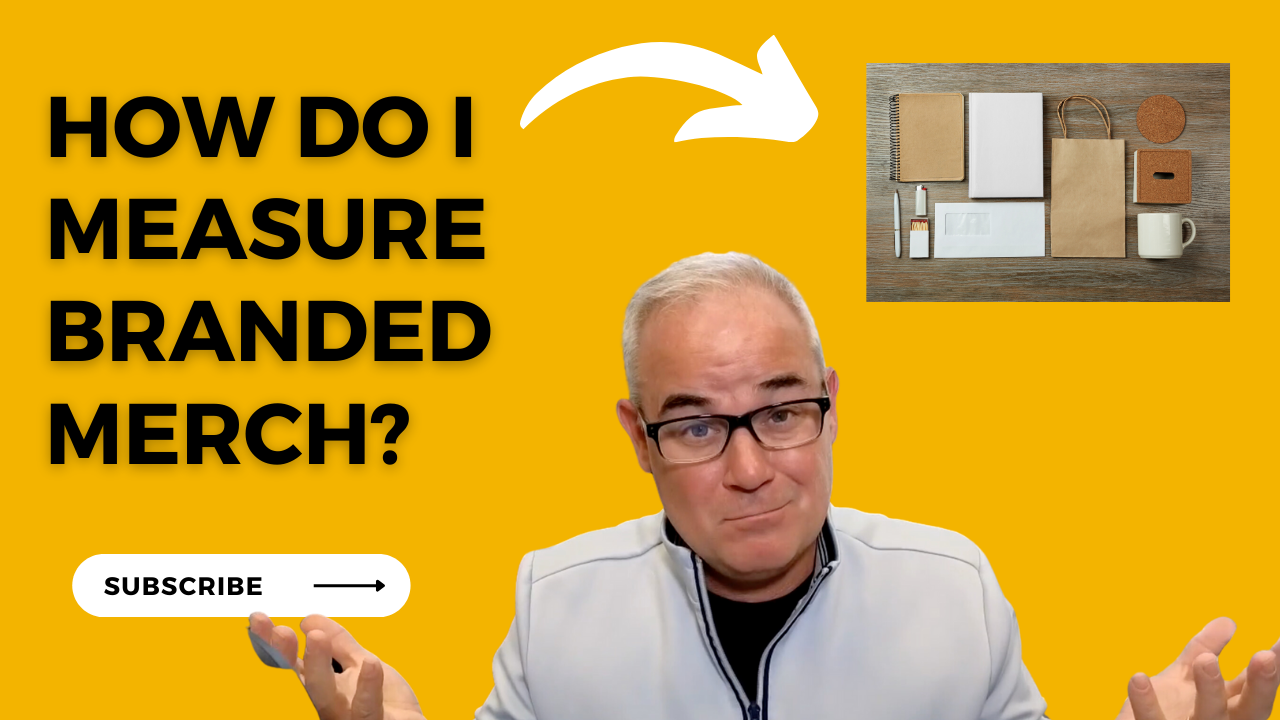The effectiveness of branded merchandise in marketing campaigns is a topic that has been widely discussed, yet often misunderstood. Many businesses invest heavily in branded merchandise, but few know how to measure its impact accurately. The goal here is to shed light on this topic, providing insights into how promotional products can boost open rates, increase orders, and create brand affinity. We will also discuss the challenges businesses face in measuring the effectiveness of branded merchandise and how to overcome them.
Branded merchandise is not just about slapping your logo on a product; it’s about creating a meaningful connection with your audience. It’s about using a physical item to convey your brand’s values and personality. But how do you know if your branded merchandise is achieving these goals? That’s where measurement comes in. By understanding how to measure the effectiveness of your branded merchandise, you can make more informed decisions and maximize your return on investment.
Promotional Products and Open Rates
One of the most significant benefits of promotional products is their ability to increase the open rate on direct mail. According to a study by the International Organization of Promotional Products, well-executed promotional products can boost open rates by up to 75%. This is because promotional products create a sense of curiosity that a basic letter may not. The physical presence of a product, often referred to as “bumpy mail,” can pique the recipient’s interest and encourage them to open the mail.
However, the effectiveness of promotional products is not just about creating curiosity; it’s also about delivering value. The more useful and relevant the promotional product is to the recipient, the more likely they are to open the mail and engage with your brand. Therefore, when choosing promotional products, it’s crucial to consider your audience’s needs and preferences.
Branded Merch and Reorders
Branded merchandise can also play a significant role in driving reorders. A study involving a dry cleaner and new residents found that giving branded merchandise to new residents increased their likelihood of ordering by 18%. This is compared to giving nothing or just a coupon. The tangible nature of branded merchandise can create a stronger connection with the brand, leading to faster and increased orders.
However, it’s important to note that the effectiveness of branded merchandise in driving reorders depends on the quality of the merchandise and its relevance to the customer. Poor quality merchandise can harm your brand’s reputation, while irrelevant merchandise may not resonate with your customers. Therefore, it’s crucial to invest in high-quality merchandise that reflects your brand’s values and meets your customers’ needs.
Brand Affinity and Positive Association
Branded merchandise can also help create brand affinity and a positive association with your brand. Studies have shown that receiving branded merchandise can make customers feel more connected to the brand. This is especially true when the merchandise is of high quality and aligns with the customer’s values and lifestyle.
Creating a positive association with your brand through branded merchandise can have long-term benefits. It can increase customer loyalty, encourage word-of-mouth referrals, and even influence purchasing decisions. Therefore, when planning your branded merchandise strategy, it’s important to consider not just the immediate impact but also the long-term effects on your brand perception.
Challenges in Measuring Effectiveness
Despite the potential benefits of branded merchandise, many businesses struggle to measure its effectiveness. One of the main challenges is a lack of understanding of what to measure. While it’s easy to compare the reach of branded merchandise with other marketing channels, this may not accurately reflect its effectiveness. The impact of branded merchandise extends beyond reach; it also includes factors like brand perception, customer loyalty, and reorder rates.
To overcome these challenges, businesses need to establish clear objectives for their branded merchandise campaigns. These objectives should align with the overall marketing strategy and be measurable. By setting clear objectives, businesses can track the performance of their branded merchandise campaigns and make necessary adjustments to maximize their effectiveness.
Targeted Use of Branded Merchandise
Branded merchandise is most effective when used in a targeted fashion. Simply throwing a bunch of branded merchandise without a specific target is not effective. Instead, businesses should identify their target audience and tailor their branded merchandise to meet their needs and preferences. This targeted approach can lead to greater effectiveness and a higher return on investment.
For example, if your target audience is environmentally conscious, you might consider using eco-friendly branded merchandise. This not only aligns with your audience’s values but also reinforces your brand’s commitment to sustainability. By understanding your audience and aligning your branded merchandise with their values, you can create a stronger connection with your audience and increase the effectiveness of your branded merchandise.
Differentiating Brand Marketing and Direct Marketing
When measuring the effectiveness of branded merchandise, it’s important to differentiate between brand marketing and direct marketing. Brand marketing focuses on building brand awareness and recognition, while direct marketing aims for direct response and immediate action. Therefore, the metrics used to measure the effectiveness of brand marketing may not accurately reflect the effectiveness of direct marketing, and vice versa.
For example, brand marketing might measure the increase in brand awareness and perception, while direct marketing might measure the increase in sales or leads. By understanding the difference between brand marketing and direct marketing, businesses can choose the right metrics to measure the effectiveness of their branded merchandise and make more informed decisions.
Understanding the Purpose of the Campaign
Understanding the purpose of the branded merchandise campaign is crucial in measuring its effectiveness. Different types of branded merchandise campaigns serve different purposes. For example, brand marketing campaigns focus on raising awareness and recognition, while direct marketing campaigns aim for direct response and specific actions. Therefore, the metrics used to measure the effectiveness of a branded merchandise campaign should align with its purpose.
For instance, if the purpose of the campaign is to increase brand awareness, you might measure the increase in brand mentions on social media or the increase in website traffic. On the other hand, if the purpose of the campaign is to drive sales, you might measure the increase in sales or the conversion rate. By aligning the metrics with the purpose of the campaign, you can accurately measure the effectiveness of your branded merchandise.
Examples of Branded Merchandise Campaigns
The video provides examples of different types of branded merchandise campaigns and how to measure their effectiveness. One example is a monthly branded merchandise campaign, where a different piece of branded merchandise is used each month to reach out to clients and set up meetings. By understanding the purpose of each campaign, businesses can measure its effectiveness and make necessary adjustments to improve future campaigns.
For instance, if the purpose of the campaign is to set up meetings, businesses might measure the number of meetings set up as a result of the campaign. If the purpose of the campaign is to increase brand awareness, businesses might measure the increase in brand mentions on social media or the increase in website traffic. By aligning the metrics with the purpose of the campaign, businesses can accurately measure the effectiveness of their branded merchandise.
Conclusion
Measuring the effectiveness of branded merchandise is not a straightforward task. It requires a clear understanding of the purpose of the campaign, the target audience, and the right metrics to measure. However, with the right approach, businesses can accurately measure the effectiveness of their branded merchandise and maximize their return on investment.
We hope this article has provided valuable insights into how to measure the effectiveness of branded merchandise. If you have any questions or need further assistance, feel free to reach out. And don’t forget to subscribe and rate our podcast for more valuable content on marketing and branding.
As always, we want to provide you with value. So if you want to create marketing campaigns (and appreciation gifts) that hit the TARGET, check out our TARGET marketing playbook here.





